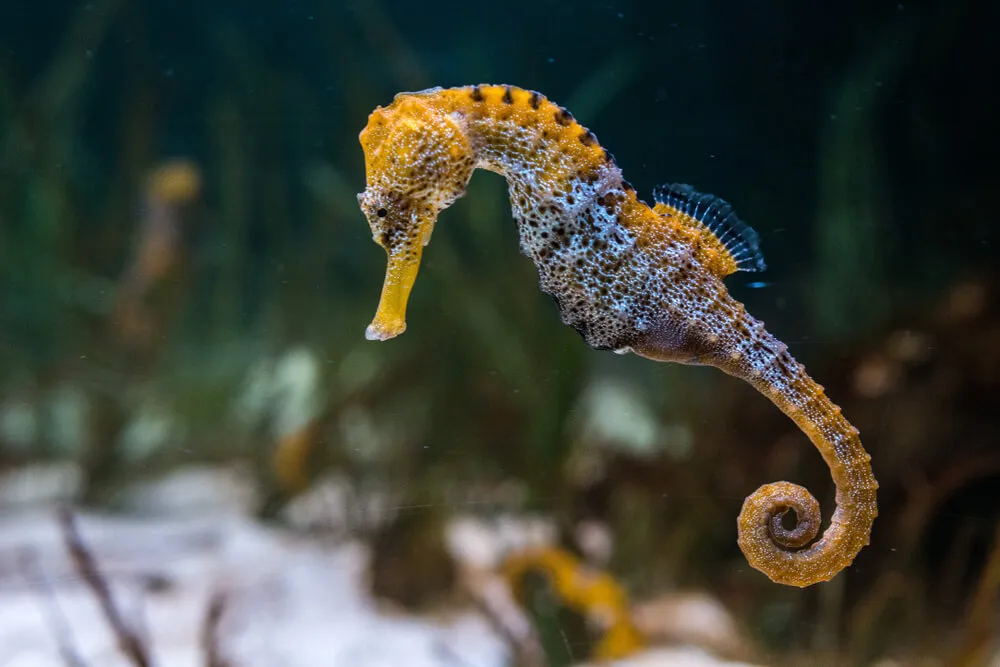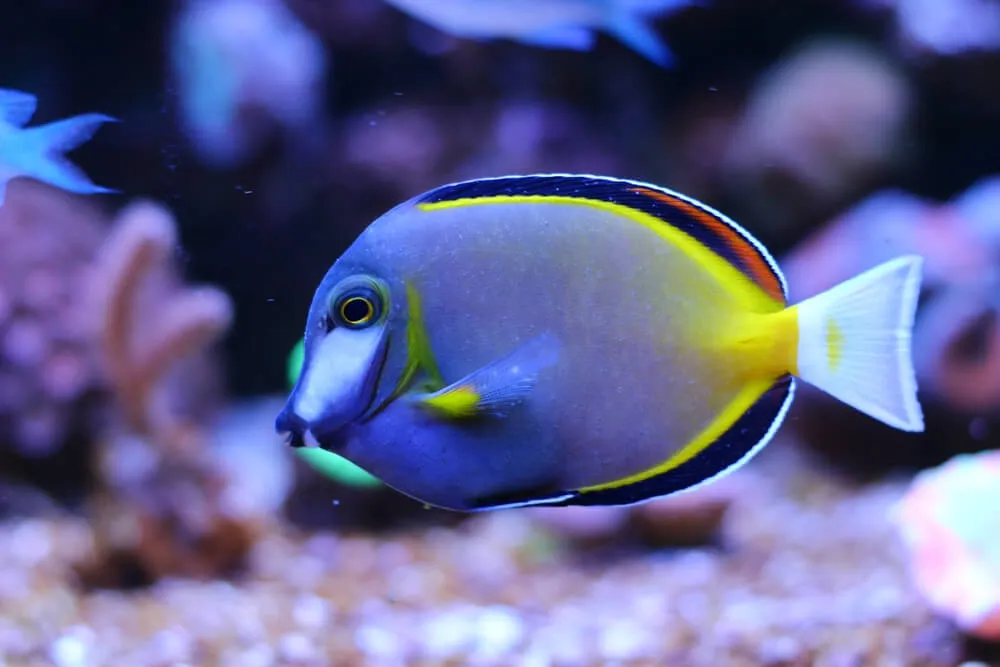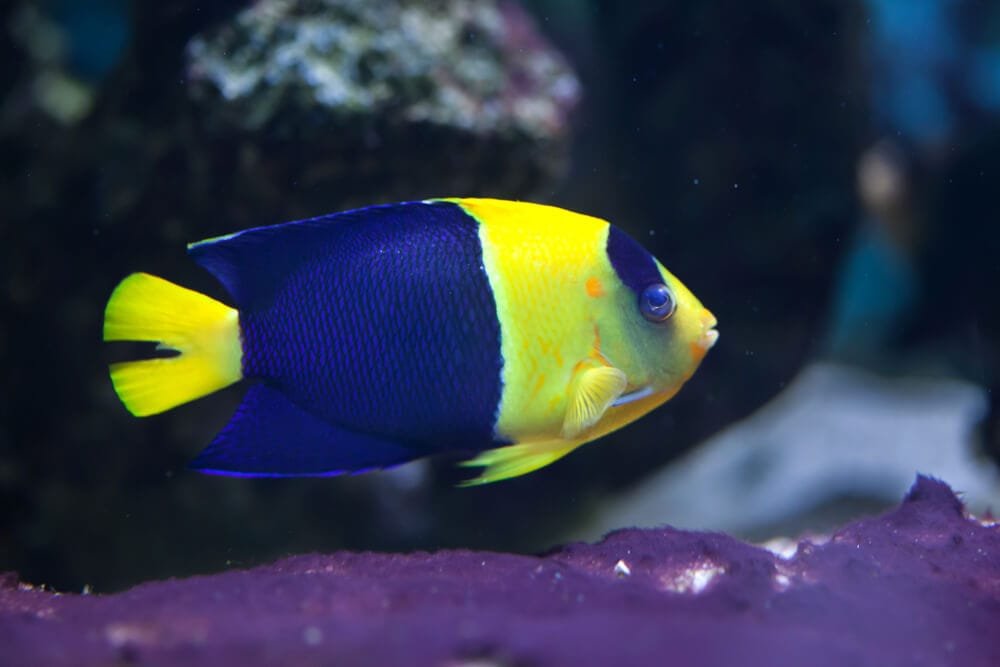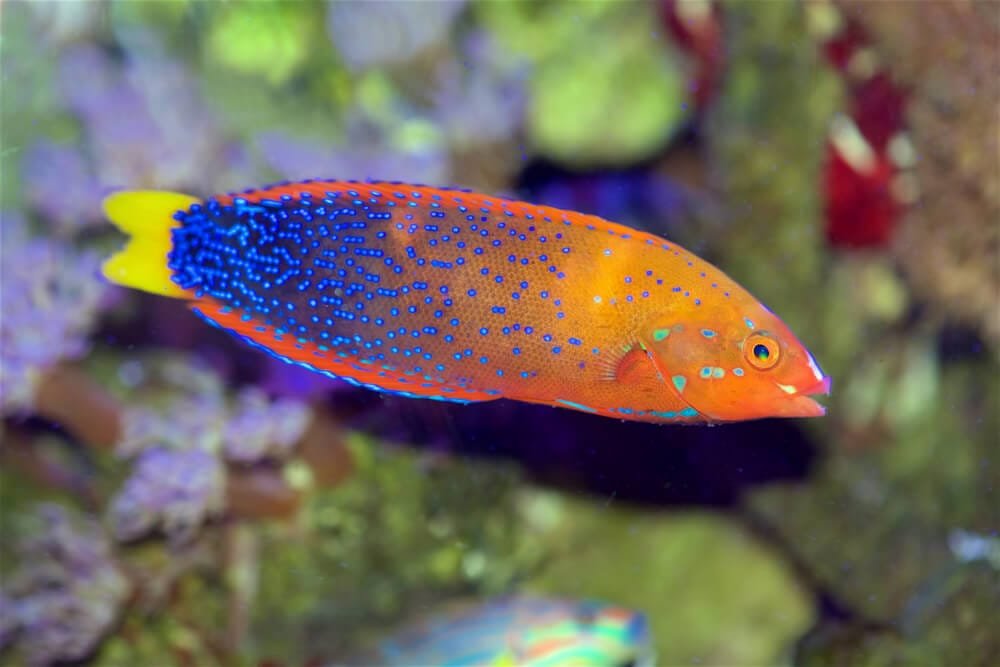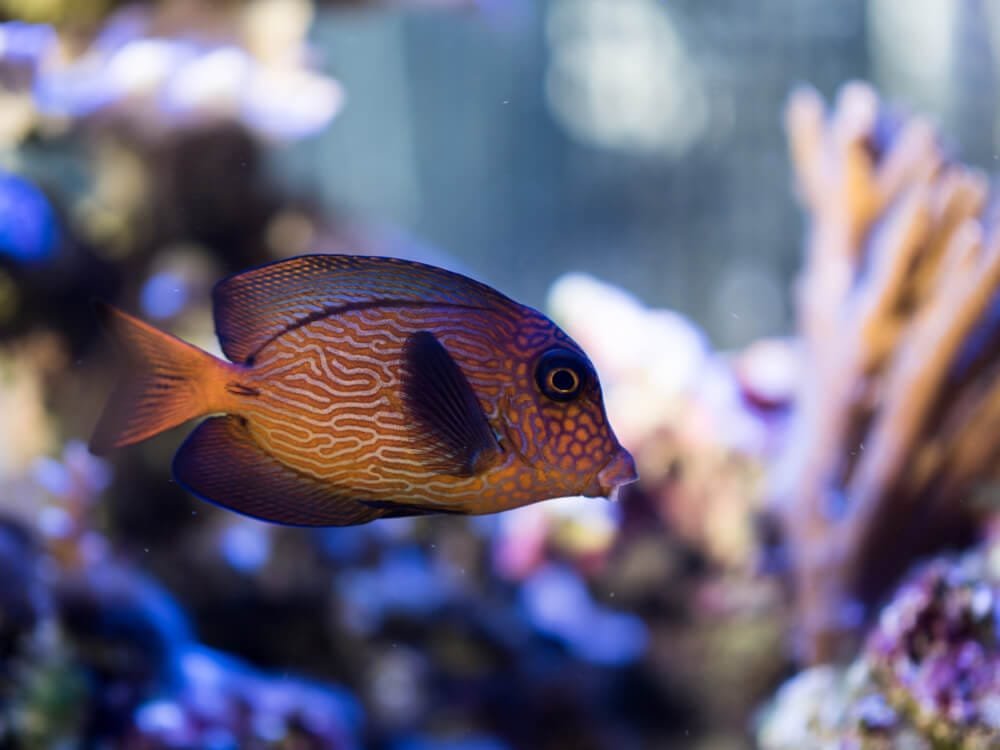Dwarf Lionfish Care: Tank Setup and Feeding Habits
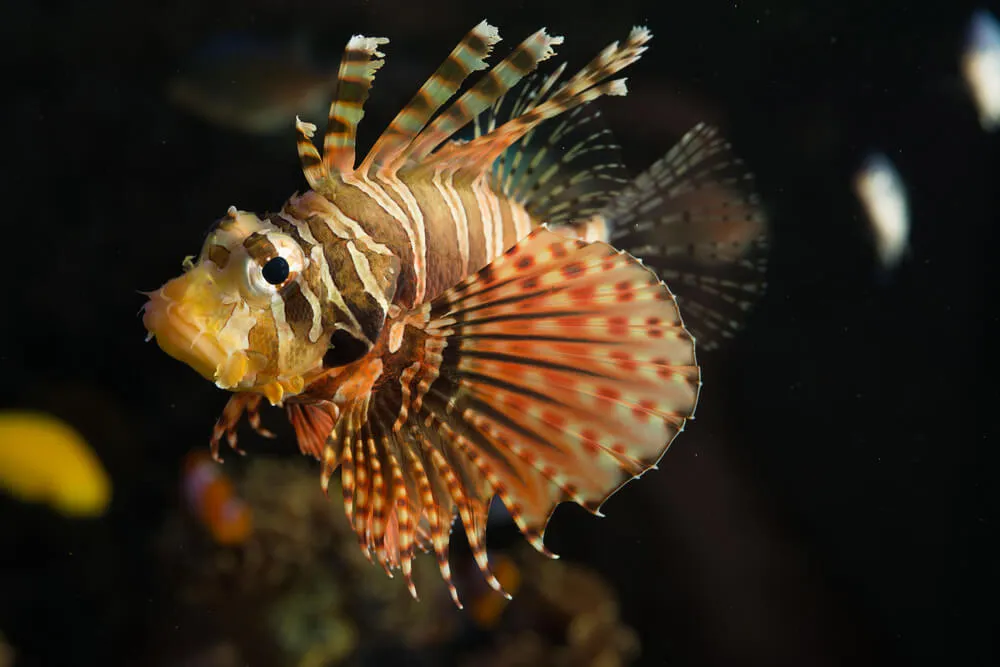
Have you ever heard of the fascinating Dwarf Lionfish? This marvelous creature, known for its stunning appearance and unique habits, is a delight to observe in the depths of the ocean. From its vibrant colors to its venomous spines, the Dwarf Lionfish never fails to capture our attention. Join us as we explore the captivating world of these mesmerizing fish and discover the wonders they bring to the marine ecosystem.
Characteristics of Dwarf Lionfish
Size
Dwarf lionfish, also known as pterois antennata, are relatively small in size compared to other lionfish species. On average, they grow to a maximum length of about 6 inches, making them a suitable choice for home aquariums. Their compact size and vibrant colors make them a popular choice among fish enthusiasts.
Coloration
One of the most captivating features of dwarf lionfish is their stunning coloration. They display a vibrant combination of red, brown, and white stripes that cover their entire body. These distinct patterns help to camouflage them among coral reefs, allowing them to blend seamlessly into their surroundings. Additionally, their beautiful colors have earned them the nickname “lionfish of the jewels.”
Physical Features
Dwarf lionfish have a distinct appearance that sets them apart from other fish species. They have elongated bodies and large, fan-like pectoral fins that are used for propulsion through the water. Along their back, they have venomous dorsal spines that act as a defense mechanism against predators. These spines contain a potent toxin that can cause painful stings, making them a formidable presence in their natural habitat.
Habitat of Dwarf Lionfish
Natural Habitat
Dwarf lionfish are primarily found in tropical and subtropical marine environments, specifically in coral reefs. They are highly adaptable and can be found at various depths, ranging from shallow coastal waters to deeper reef areas. These fish prefer areas with plenty of hiding spots, such as crevices and coral branches, where they can ambush their prey.
Geographical Distribution
Dwarf lionfish have a wide geographical distribution, spanning across the Indo-Pacific region. They are commonly found in the waters surrounding countries such as Indonesia, Malaysia, Thailand, and the Philippines. Their ability to thrive in different locations has contributed to their success as a species.
Preferred Conditions
In their natural habitat, dwarf lionfish thrive in warm water temperatures ranging from 75 to 82 degrees Fahrenheit (24 to 28 degrees Celsius). They are highly adaptive to different salinity levels and can tolerate a wide range of water conditions. However, it is important to ensure that the water in their tank is consistently clean and well-maintained to prevent any potential health issues.
Behavior of Dwarf Lionfish
Hunting Techniques
Dwarf lionfish are skilled predators and employ various hunting techniques to capture their prey. They use their large pectoral fins to maneuver stealthily through coral reefs, relying on their camouflaged coloration to ambush unsuspecting fish and invertebrates. Once within striking range, they extend their mouths and suck their prey into their mouths with remarkable speed.
Intra-species Interactions
Dwarf lionfish are known to be solitary creatures, preferring to fend for themselves rather than forming shoals or groups. However, they can coexist with other fish species as long as they are not perceived as a threat. It is important to provide ample hiding places within their tank to prevent any aggressive interactions and ensure their well-being.
Reproduction
The reproductive behavior of dwarf lionfish is fascinating to observe. During courtship, the male will perform an intricate dance, displaying their vibrant colors and extending their fins to attract a female. Once a pair has formed, they will engage in a unique ritual known as “spawning rise.” During this process, the female releases her eggs into the water while the male simultaneously releases his sperm to fertilize them. The fertilized eggs then float to the water’s surface where they develop and eventually hatch into tiny fry.
Diet of Dwarf Lionfish
Prey Selection
Dwarf lionfish are carnivorous predators with a diverse diet. They primarily feed on small fish and crustaceans, including shrimp, crabs, and small mollusks. Their unique hunting techniques allow them to consume prey nearly their own size, making them efficient predators in their natural habitat.
Feeding Behavior
In the wild, dwarf lionfish are opportunistic feeders, relying on both active hunting and scavenging for food. In a home aquarium, it is important to provide them with a varied diet to ensure their nutritional needs are met. Live or frozen foods such as brine shrimp, small pieces of fish, and krill are ideal choices for their diet. It is important to note that overfeeding can lead to health issues, so monitoring their feeding schedule is crucial.
Dwarf Lionfish and Aquaria
Suitability for Home Aquariums
Dwarf lionfish are well-suited for home aquariums due to their small size and captivating coloration. They make excellent additions to fish-only or reef aquariums, but caution must be exercised when considering keeping them with other fish species. Due to their predatorial nature, dwarf lionfish may see smaller tank mates as food and attempt to prey on them. Therefore, careful consideration must be given to the tank setup and compatibility with other fish species.
Tank Setup
Creating a suitable habitat for dwarf lionfish within a home aquarium is key to their overall well-being. Providing ample hiding spots, such as caves or live rock formations, mimics their natural environment and helps them feel secure. A tank size of at least 30 gallons is recommended to allow for optimal swimming space and to accommodate their territorial behavior.
Compatibility with Other Fish
When selecting tank mates for dwarf lionfish, it is crucial to choose non-aggressive species that are too large to be viewed as prey. Compatible species include larger angelfish, butterflyfish, and tangs with similar water temperature and salinity preferences. It is always advisable to research and consult with aquarium experts to ensure the compatibility and harmony of the fish within the tank.
Dwarf Lionfish Care and Maintenance
Feeding in Captivity
Proper feeding is essential for the health and vitality of dwarf lionfish in captivity. A varied diet consisting of live or frozen foods should be provided to mimic their natural feeding behavior. Feeding should be done around once or twice a day, ensuring that the portions are suitable for their size and not overfeeding them, as this can lead to obesity and related health issues.
Tank Maintenance
Maintaining a clean and stable tank environment is crucial for the overall well-being of dwarf lionfish. Regular water changes should be performed, and the water parameters should be monitored consistently to ensure optimal conditions. Paying attention to factors such as temperature, pH levels, and salinity is vital for their health and longevity.
Common Diseases
Like any other fish species, dwarf lionfish are susceptible to certain diseases. Some of the common ailments include parasites, bacterial infections, and fungal infections. Proper quarantine procedures and diligent observation can help in the early detection and treatment of any potential health issues. It is advisable to consult with a marine veterinarian or experienced aquarium professional for appropriate treatment options.
Risk of Dwarf Lionfish Invasion
Introduction to Non-native Habitats
The risk of dwarf lionfish invasion is a concern in regions where they are not native. There have been instances where these fish have been introduced unintentionally or purposefully into new environments, disrupting the local ecosystem. The aquarium trade is often a contributing factor to the introduction of non-native lionfish species, including the dwarf lionfish.
Negative Ecological Impact
The introduction of dwarf lionfish to non-native habitats can have significant negative ecological impacts. In some instances, they have become invasive species, outcompeting and preying upon native fish populations. Their venomous spines and predatory behavior can cause imbalances in delicate ecosystems, leading to a decline in native species and disruption of natural food chains.
Prevention Measures
Preventing the invasion of dwarf lionfish into non-native habitats is crucial to preserving biodiversity and maintaining healthy ecosystems. Stricter regulations on the import and trade of lionfish species, along with public awareness campaigns, can help minimize the unintentional release and spread of these fish. Additionally, encouraging responsible aquarium management and proper disposal of unwanted lionfish can reduce the risk of future invasions.
Conservation and Sustainability
Threats to Dwarf Lionfish
While dwarf lionfish populations are currently not considered threatened, their habitat is at risk due to ecological disturbances such as habitat degradation and climate change. These factors can have a severe impact on their natural environment, affecting food availability and overall ecosystem health. Continued monitoring and research are essential to understand and mitigate these threats.
Management and Control
Efforts to manage and control the population of non-native lionfish species, including the dwarf lionfish, are crucial to protect native ecosystems. Initiatives such as lionfish culling programs, where trained individuals actively remove lionfish from affected areas, have shown promise in reducing their impact. Fishery regulations and public education campaigns can also contribute to sustainable management practices.
Public Awareness
Raising public awareness about the ecological impact of invasive lionfish species is key to their conservation and sustainability. Educating individuals about the risks associated with releasing lionfish into non-native habitats and promoting responsible aquarium practices can help minimize the negative effects on local ecosystems. By working together, we can ensure the long-term survival of dwarf lionfish and the preservation of our oceans.
The Central Pacific Zebra Lionfish
Size and Appearance
The central Pacific zebra lionfish, also known as dendrochirus zebra, is a close relative of the dwarf lionfish. It exhibits similar characteristics in terms of size and appearance. Typically growing to a length of around 5 inches, it shares the striking coloration and pattern of its dwarf counterpart. The zebra lionfish features black and white horizontal stripes that cover its body, making it an exquisite addition to any aquarium.
Habitat and Range
The central Pacific zebra lionfish is primarily found in the western and central Pacific Ocean, particularly around coral reefs and rocky areas. It thrives in warm water temperatures and can be encountered at various depths, from shallow lagoons to deeper reef slopes. Its natural habitat provides ample opportunities for the zebra lionfish to hunt and thrive.
Feeding Habits
Similar to the dwarf lionfish, the central Pacific zebra lionfish is a voracious carnivore. Its diet consists primarily of small fish, shrimp, and other crustaceans. With its venomous spines and stealthy hunting techniques, the zebra lionfish can easily capture its prey. In an aquarium setting, providing a diverse diet of live or frozen foods is essential to meet its nutritional requirements.
Summary and Conclusion
Key Features
Dwarf lionfish, with their vibrant colors and unique physical features, are captivating creatures that hold a special appeal to fish enthusiasts. Their small size, coupled with their mesmerizing coloration, makes them a popular choice for home aquariums. Their hunting techniques, interaction behaviors, and reproductive rituals showcase their fascinating nature.
Preservation Efforts
The conservation of dwarf lionfish is crucial to maintain the delicate balance of marine ecosystems. Efforts to prevent their introduction to non-native habitats, along with responsible aquarium practices, can help minimize their negative ecological impact. Public awareness campaigns and sustainability initiatives play a vital role in protecting these beautiful creatures and their habitats.
Continued Research
As with many marine species, continued research is necessary to fully understand the behavior, ecology, and conservation needs of dwarf lionfish. Ongoing investigations into their habitat preferences, feeding habits, and population dynamics can contribute to their long-term sustainability and inform management strategies.
In conclusion, dwarf lionfish are a fascinating species that exhibit a range of unique characteristics. Their size, coloration, and physical features make them a visually striking addition to home aquariums. However, it is crucial to consider their specific needs and compatibility with other fish species to ensure their well-being. By promoting responsible aquarium practices and raising public awareness, we can contribute to the conservation of these mesmerizing creatures and the preservation of our marine environments.
